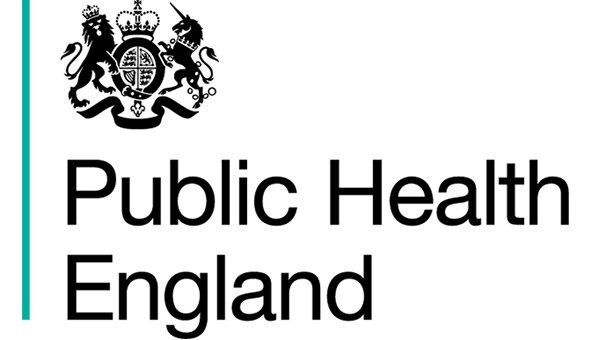In previous studies it has been found that CO induces lengthening of the electrical wave that sweeps through the heart to initiate each contraction; the action potential (AP). Moreover, lengthening of at the cardiac AP predisposed to irregular beating of the heart a phenomenon known as an ‘arrhythmia’. This key finding may explain potentially life-threatening arrhythmias, which have been described clinically in patients following exposure to CO, e.g. due to smoke exposure or faulty gas appliances.
It is well known that CO binds to a protein within the blood (hemoglobin), which can impair the supply of oxygen. Importantly, however, heart rhythm disturbances occurred at levels of CO, which were not sufficiently high to cause hypoxia of the heart. This suggests that CO acts directly on heart cells to disrupt the normal beating rhythm. It also introduces the possibility that a drug therapy, which targets heart cells, could be used to rapidly block heart rhythm disturbances in patients suffering from CO exposure.
The study will use standardized, commercially available human iPSC cardiomyocytes to study the effects of CO on heart rhythm, the mechanisms that underlie arrhythmias, the physiological conditions that predispose to CO arrhythmias and the efficacy of drug interventions that have the potential to block arrhythmias in patients.

Our research partners

University of Leeds

Manchester Metropolitan University

University of Hertfordshire

University College London

St George's University Hospitals

Sheffield Hallam University

Queen Mary University of London

Public Health England

NPIS

Newcastle University

NEA

London Fire Brigade

Université de Lausanne

Imperial College London

Liverpool John Moore University

Lancaster University

Improving Practice in Performance

IGEM

East of England Ambulance Service

Cranfield University

Brunel University London

Aintree University Hospital

Frimley Health

University of Surrey
